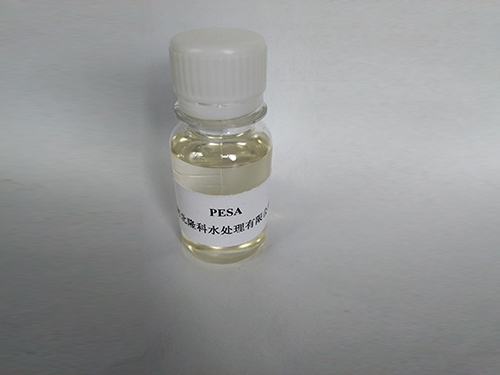Exploring the Benefits and Applications of PAM Flocculants in Water Treatment Processes
The Role of PAM Flocculant in Water Treatment Processes
Polyacrylamide (PAM) flocculant is a synthetic polymer widely used in various water treatment applications. Its ability to aid in the aggregation of suspended particles makes it an essential component in industries such as sewage treatment, mining, and even food processing. This article discusses the significance of PAM flocculant, its applications, and the mechanisms behind its effectiveness.
The Role of PAM Flocculant in Water Treatment Processes
The mechanism by which PAM works is based on its chemical structure. Polyacrylamide is a linear polymer that can be anionic, cationic, or non-ionic, depending on its formulation. The ionic charge of the PAM flocculant interacts with particles in the water. Anionic PAM attracts positively charged particles, while cationic PAM is effective in binding negatively charged contaminants. This charge neutralization is critical in reducing the electrostatic repulsion between particles, leading to effective floc formation and faster settling.
pam flocculant

In addition to municipal wastewater treatment, PAM flocculant is prevalent in various industrial applications. In mining, it helps in the separation of minerals from ore by assisting in the clarification of process water. In the paper industry, PAM is used to improve fiber retention during the papermaking process. Furthermore, in oil extraction processes, PAM can enhance the separation of oil from water, leading to more efficient recovery techniques.
Despite its benefits, the use of PAM flocculant must be managed with care. Its synthetic nature raises concerns about potential environmental impacts, especially regarding the production and degradation of the polymer. The development of biodegradable alternatives is an area of ongoing research in the field of water treatment. This pursuit highlights the need for balancing effectiveness with environmental sustainability.
In conclusion, PAM flocculant is a crucial tool in modern water treatment processes. Its ability to facilitate the removal of suspended solids demonstrates its versatility across various industries. As we continue to innovate in water treatment technologies, understanding the role and impact of PAM will remain essential for ensuring safe and sustainable water management practices. With continued advancements, the future may hold even more efficient and environmentally friendly solutions for water treatment challenges.
-
Water Treatment with Flocculant Water TreatmentNewsJun.12,2025
-
Polymaleic AnhydrideNewsJun.12,2025
-
Polyaspartic AcidNewsJun.12,2025
-
Enhance Industrial Processes with IsothiazolinonesNewsJun.12,2025
-
Enhance Industrial Processes with PBTCA SolutionsNewsJun.12,2025
-
Dodecyldimethylbenzylammonium Chloride SolutionsNewsJun.12,2025





